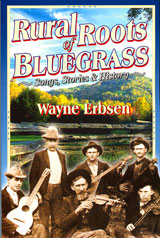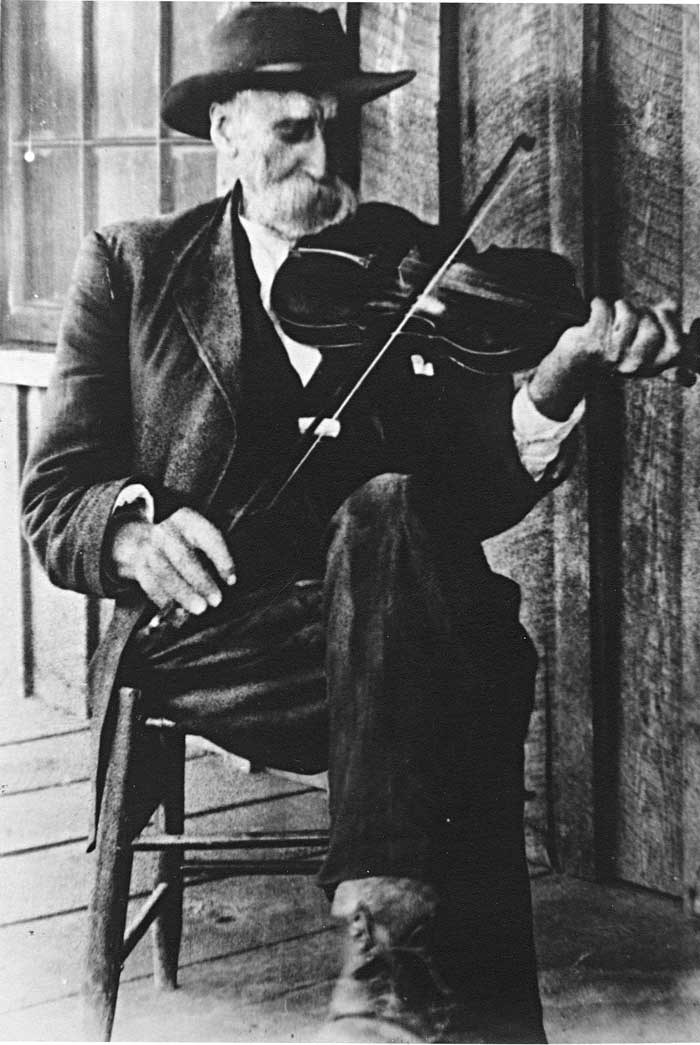By Wayne Erbsen
Talk about a dark and spooky song! In the Pines has it all: a young girl who shivers when the cold winds blow, and then sells herself to the men in the mines. As if that’s not quite bad enough, she then gets her head cut off when she fell under the driving wheel of a train. After all that, she didn’t even get a proper burial because “her body has never been found.”
Originating around the time of the Civil War, the history of In the Pines is entangled with such songs as The Longest Train





 “minner dipper” is a mandolin, a “scratch box” is a fiddle, and a “starvation box” is a guitar. I’ve learned that a “cathead” is a biscuit, a “ballet” is a ballad and “catawampus” means crosswise. I’ve met fleshy (overweight) people and those who could hide behind a straw (skinny). I’ve seen people who cootered around aimlessly while being bumfusticated, flummoxed, and flustrated. I’ve been told
“minner dipper” is a mandolin, a “scratch box” is a fiddle, and a “starvation box” is a guitar. I’ve learned that a “cathead” is a biscuit, a “ballet” is a ballad and “catawampus” means crosswise. I’ve met fleshy (overweight) people and those who could hide behind a straw (skinny). I’ve seen people who cootered around aimlessly while being bumfusticated, flummoxed, and flustrated. I’ve been told  Long before the days of Mapquest, Google Maps, or iPhones, we had to rely on honest-to-goodness paper maps to find our way around. Spreading a North Carolina map on the kitchen table, we finally found Big Pine, which was only a tiny dot on the map. Looking at a topo map, we soon learned that it was way back in the mountains of Madison County, North Carolina, which is about an hour’s drive northwest from Asheville
Long before the days of Mapquest, Google Maps, or iPhones, we had to rely on honest-to-goodness paper maps to find our way around. Spreading a North Carolina map on the kitchen table, we finally found Big Pine, which was only a tiny dot on the map. Looking at a topo map, we soon learned that it was way back in the mountains of Madison County, North Carolina, which is about an hour’s drive northwest from Asheville




